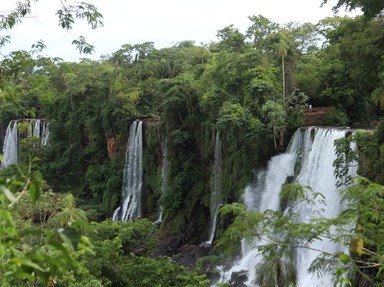Quiz Answer Key and Fun Facts
1. The Galapagos Islands are most famous for the large numbers of unique animals that occur there and because of Charles Darwin, who devised his theory of evolution after a visit to the islands. Darwin started thinking of evolution by natural selection after studying four species of birds he had collected during his visit. Which bird is this?
2. The giant tortoises serve as an example of how certain species have adapted perfectly to their environment. Based on their characteristics, one can recognize on which island each tortoise originates. How can you distinguish giant tortoises from the different islands on the Galapagos?
3. The richness of marine life in the Galapagos waters has attracted a great variety of seabirds. The Galapagos cormorant is so well adapted to this environment that it has lost the ability to fly.
4. Marine iguanas are one of the few animals that can survive on islands where the soil consists of solidified lava and with little or no vegetation. What do marine iguanas feed on?
5. This crab occurs in great numbers on the Galapagos. What is its name?
6. With their huge inflatable pouch the frigatebird is one of the most remarkable birds of the Galapagos. What is the function of this red pouch?
7. Just like marine iguanas, lava lizards are able to survive on the islands with the harshest conditions. Male lava lizards attract females with a particular mating ritual. What do male lava lizards do during mating season?
8. Swallow-tailed gulls are one of two gull species that inhabit the Galapagos islands. There is something peculiar about these gulls which makes them stand out among gull species. What is unique about swallow-tailed gulls?
9. The Galapagos land iguanas of Fernandina have a particular place to lay their eggs that differs from other land iguanas. Where do the Fernandina land iguanas lay their eggs?
10. This cute fellow is a blue-footed booby. It is one of three booby species that occur on the Galapagos. The other two are the Nazca booby and another species named after the colour of its feet. Which colour is this?
Source: Author
AlonsoKing
This quiz was reviewed by FunTrivia editor
guitargoddess before going online.
Any errors found in FunTrivia content are routinely corrected through our feedback system.

